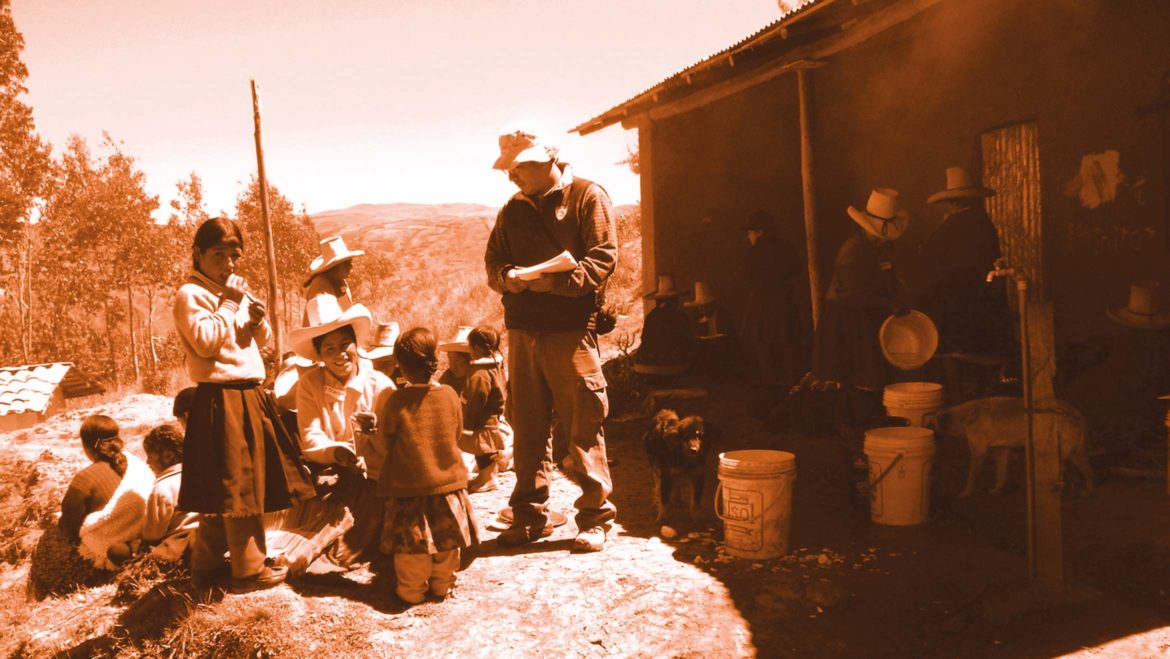
Element 2 – Measure: current level of community support
Element 2 provides a methodology for assessing community support, how to use results and then how to display the results visually.
The methodology may need to be adapted to suit the needs of each site; adjust each process to fit with existing processes and ensure it is appropriate for stakeholders. Where adjustments are made, ensure assessment questions remain focused on understanding the key elements of the indicators and contextual factors (p12) explained in Element 1.
The assessment process can be used throughout the project life cycle. It is essential external stakeholders are consulted. External consulting or corporate teams should be provided with a site’s stakeholder map, social risk analysis results, social context or baseline studies, social and health impact assessment, grievance mechanism reports and other similar information so they fully understand the stakeholders and site’s context, before beginning an assessment.
Community support assessment process
STEP
1
Define objectives (p20) of the assessment
- have you outlined a schedule and realistic timeline for applying the toolkit?
- have you considered all required human resources, including internal/external staff, their roles and level of expertise?
- have you been realistic about the level of effort required and available human resources?
STEP
2
Select external stakeholders (p21-22)
- have you identified existing resources to help this step including stakeholder mapping, information from your grievance mechanism etc.?
- have you defined who will consult with stakeholders and how this will be achieved e.g. through meeting with leaders, interviews, involving them in action plans etc.?
STEP
3
Refine and implement the assessment (p22 and Annex A)
- prior to conducting interviews or collecting data it is essential everyone involved has a true understanding of key factors and indicators
- look at Annex A (p48-55) for a list of possible questions to ask stakeholders
- remember the level of detail you gather will determine the robustness of your analysis
STEP
4
Manage and process the data (p23 and Annex C)
- look at Table 1 and Table 2 (p23) to understand how to accurately record stakeholder’s responses
- the goal is to calculate and understand the score to help target efforts where they will have greatest impact and are most needed in terms of community-company relationships
- figure 4 and Table 3 (p24) demonstrate an Excel-based data management template and summary table
- look at Annex C (p58) for instructions on how to create a data management template and summary table
STEP
5
Visualise the results (p25) so they can be easily translated for external audiences, for example using a spider diagram
- view Annex D (p59) for instructions on how to create a spider diagram
- criteria to include when deciding which stakeholders to assemble on a spider diagram include: different categories of stakeholder groups, their level of influence and geography – such as national borders or indigenous and non-indigenous lands
- whilst spider diagrams are useful for displaying and analysing data, look at Section 3 (p30) for simplified ways to communicate findings
Top Tips:
When reading spider diagrams consider:
- the level of community support
- indicators against contextual factors
- differences between stakeholder groups
- differences within stakeholder groups
- outliers (small groups of influential stakeholders)
- changes in community support over time
